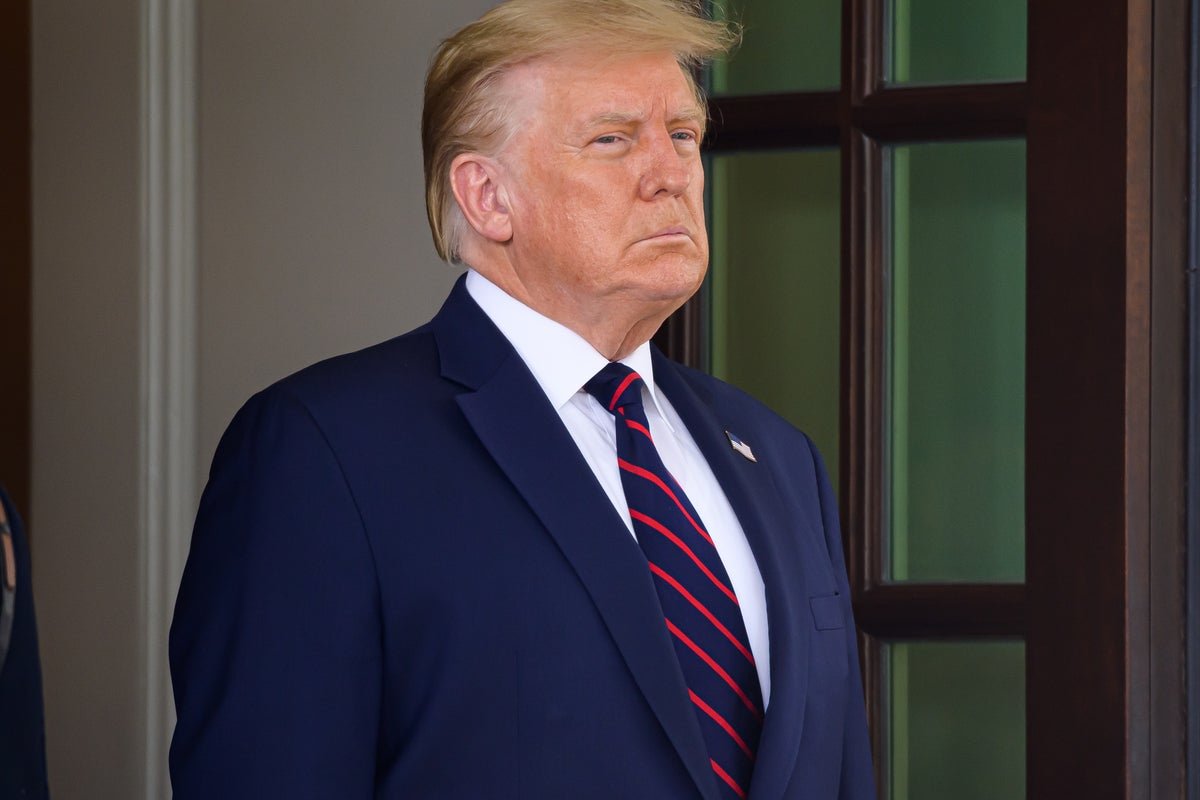China’s central bank has been consistently accumulating gold for 16 months, in a move that could potentially undermine the dominance of the U.S. dollar. The People’s Bank of China added approximately 390,000 troy ounces of gold in February, bringing its total gold reserves to 72.58 million troy ounces, or roughly 2,257 tons, reported Bloomberg citing government data.
At 10:00 a.m. in New York on Thursday, the price of gold was at a record high of $2,161.90, marking a 5.25% increase over the past five days and an 18.77% increase over the past year. Central banks’ gold purchases in 2023, totaling 1,037 tons, have contributed to the commodity’s rally. The recent surge in gold prices has also been fueled by traders’ expectations of Federal Reserve rate cuts.
China’s consistent gold accumulation, along with other central banks, reflects a global trend of diversifying reserves and reducing reliance on the U.S. dollar. This aligns with the ambitions of the BRICS economic bloc, which includes Brazil, Russia, India, China, and South Africa, to challenge the dollar’s global dominance.
Despite economic uncertainties in China, including a volatile stock market, the country’s demand for gold remains high. This demand is evident in the significant increase in Swiss gold exports to China in January. Historically, investors turn to gold as a safe-haven asset during times of economic turmoil or inflation. However, some analysts caution that the current high demand for gold may not be sustainable.
The surge in gold prices is not unique to China. Global geopolitical tensions, including the conflicts in Ukraine and Gaza, the upcoming U.S. presidential election, and uncertainties about interest rates and inflation, have also contributed to a record-breaking price for gold. This has sparked a debate among investors about the precious metal’s role in their portfolios.
Furthermore, the recent surge in gold prices has coincided with new highs for Bitcoin and Nvidia, prompting investors to pay attention to the broader market dynamics. The surge in gold prices has sparked a debate among investors about the precious metal’s role in their portfolios. The rally, attributed to global geopolitical tensions, has led to a record-breaking price for gold, raising questions about its long-term value.
Amid these developments, the consistent gold-buying spree by China’s central bank adds another layer to the ongoing global shift in reserve diversification and the potential impact on the U.S. dollar’s dominance.





